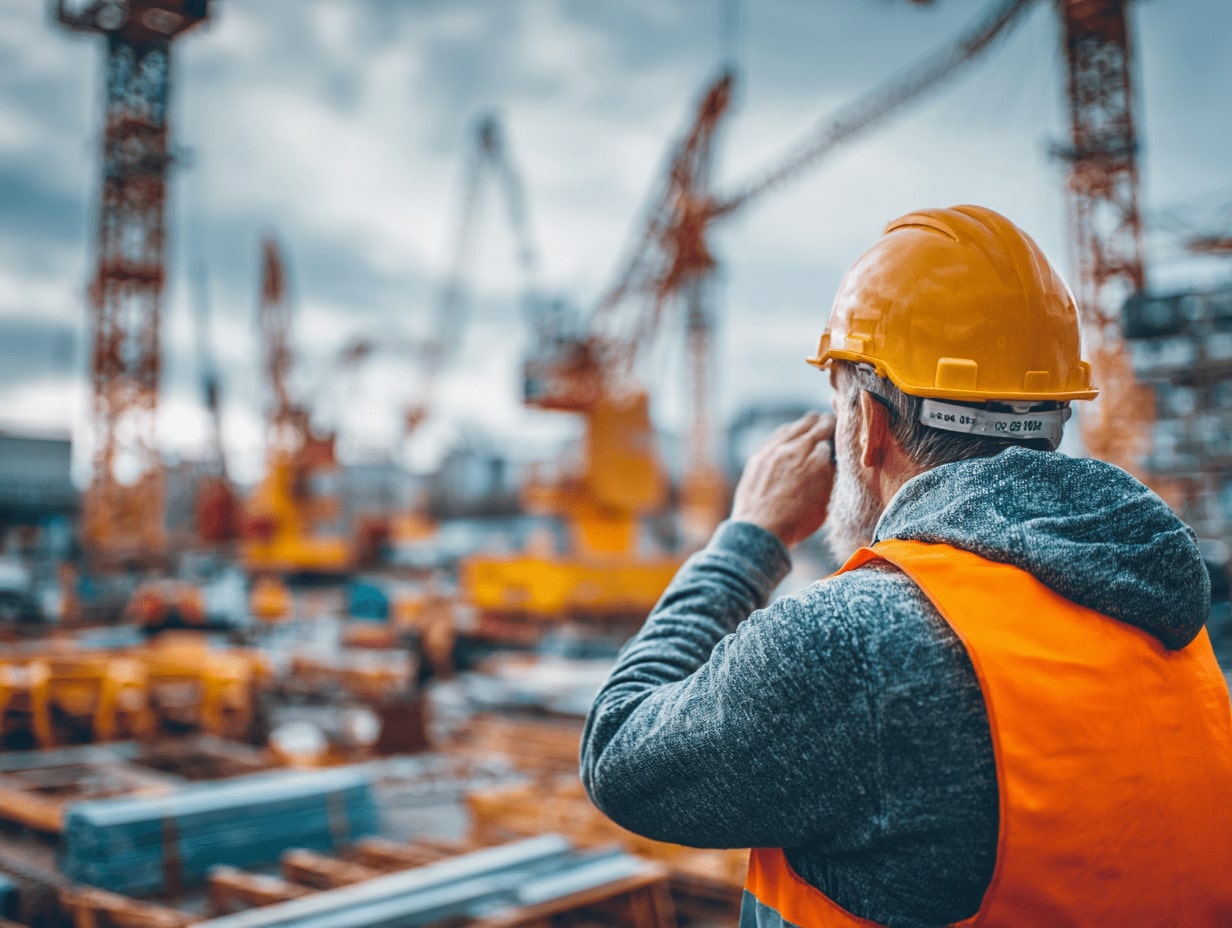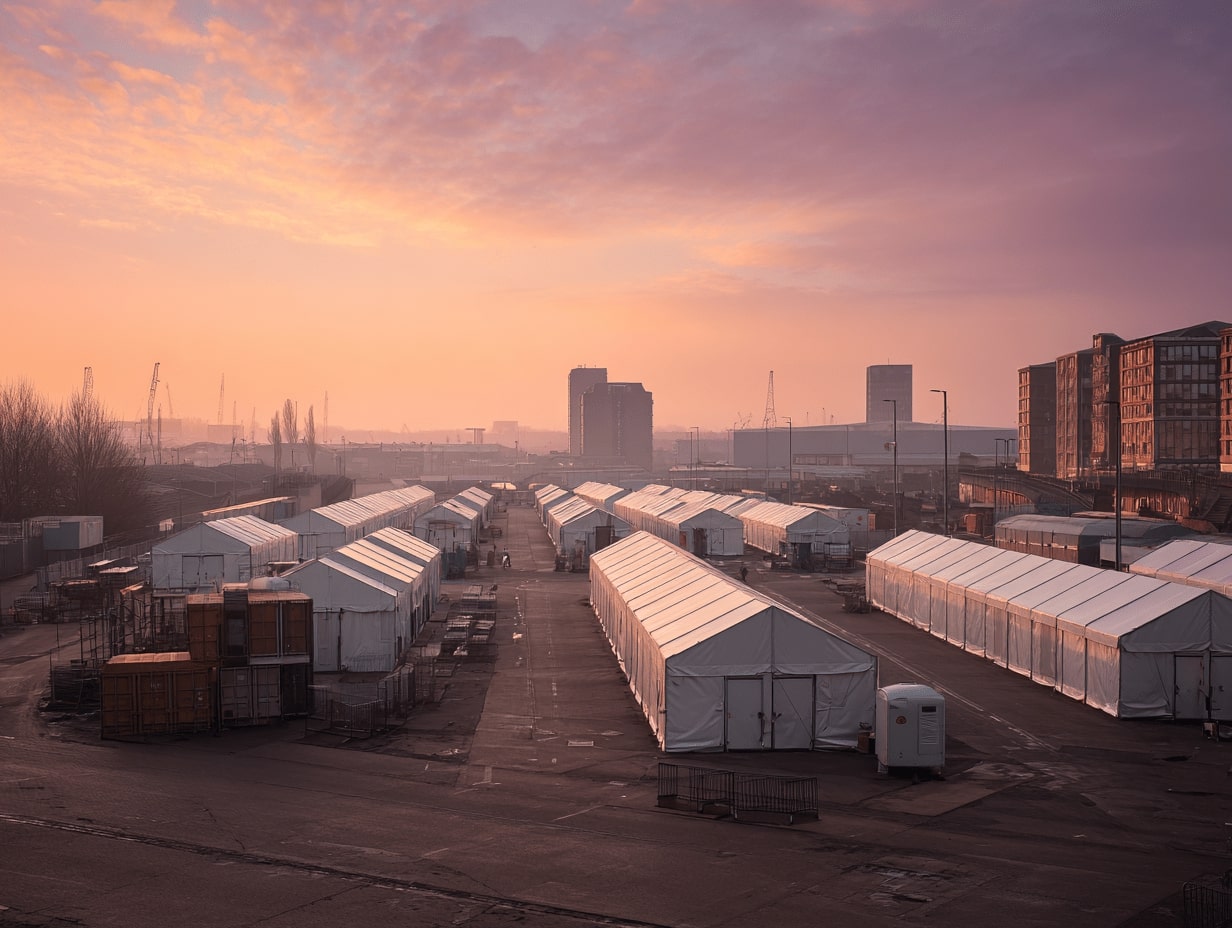- Home
- Articles
- Architectural Portfolio
- Architectral Presentation
- Inspirational Stories
- Architecture News
- Visualization
- BIM Industry
- Facade Design
- Parametric Design
- Career
- Landscape Architecture
- Construction
- Artificial Intelligence
- Sketching
- Design Softwares
- Diagrams
- Writing
- Architectural Tips
- Sustainability
- Courses
- Concept
- Technology
- History & Heritage
- Future of Architecture
- Guides & How-To
- Art & Culture
- Projects
- Interior Design
- Competitions
- Jobs
- Store
- Tools
- More
- Home
- Articles
- Architectural Portfolio
- Architectral Presentation
- Inspirational Stories
- Architecture News
- Visualization
- BIM Industry
- Facade Design
- Parametric Design
- Career
- Landscape Architecture
- Construction
- Artificial Intelligence
- Sketching
- Design Softwares
- Diagrams
- Writing
- Architectural Tips
- Sustainability
- Courses
- Concept
- Technology
- History & Heritage
- Future of Architecture
- Guides & How-To
- Art & Culture
- Projects
- Interior Design
- Competitions
- Jobs
- Store
- Tools
- More
Essential 3D Printed Construction Tips for Cost-Efficiency and Sustainability

3D printing is revolutionizing the construction industry by offering innovative solutions and unprecedented flexibility. Gone are the days when designers had to rely solely on traditional methods like CNC machining or injection molding for creating large parts. Today, advanced 3D printers can produce sizable components, with some direct metal laser sintering (DMLS) machines building parts up to 31.5 inches in length.
However, mastering 3D printed construction requires understanding key principles to ensure structural integrity. For instance, maintaining a height-to-wall thickness ratio of 40:1 is crucial for preventing part walls from snapping under pressure. Additionally, choosing the right 3D software can significantly impact the quality and efficiency of your projects. From robotic arms extruding concrete to powder binding and additive welding, various technologies are reshaping how we approach construction. Let’s explore essential tips to make the most of 3D printing in your construction endeavors.

Table of Contents
ToggleBenefits of 3D Printing in Construction
Cost Efficiency
3D printing optimizes construction costs by minimizing material waste. Traditional methods often result in excess materials that need to be discarded. The precise layering in 3D printing uses only the necessary amount of material, reducing expenses. Additionally, the technology’s ability to use local materials lowers transportation costs. Lower labor costs also come into play since 3D printing automates much of the construction process, decreasing the need for manual labor.
Speed of Construction
3D printing accelerates the construction timeline significantly. Complex structures that once took months to build can now be completed in days or weeks. The continuous printing process eliminates the time-consuming assembly of individual components. This rapid pace doesn’t compromise quality, ensuring that projects meet structural and design standards quickly.
Sustainability and Waste Reduction
3D printing supports sustainability efforts in the construction industry by significantly reducing waste. The exact material usage inherent in 3D printing processes ensures minimal waste generation. Additionally, many 3D printers can use recycled materials, further promoting eco-friendly practices. Reduced transportation needs and lower energy consumption contribute to the environmental benefits, making 3D printing a greener alternative to traditional methods.
Key Technologies in 3D Printed Construction
Types of 3D Printers Used in Construction
Several 3D printing technologies are transforming construction. Extrusion, powder bonding, and additive welding are the most prominent methods.
Extrusion uses robotic arms or gantry systems to dispense material in layers. It’s the most widely used technique, adaptable for various environments and suitable for modeling and prototyping.
Powder Bonding involves binding layers of powder to create solid forms. Powder bed jetting and binder jetting allow for precise detailing. This method offers flexibility in material choice, enhancing the complexity of prints.
Additive Welding was showcased with a functional metal bridge in Amsterdam. This approach melts and fuses metal layers, providing strength for large-scale projects. It’s ideal for structural components where durability is crucial.

Materials for 3D Printing in Construction
Selecting the appropriate materials is vital for the success of 3D printed construction projects. Common materials include concrete, metal alloys, and thermoplastics.
Concrete stands out for its versatility and strength. Specialized concrete mixes accommodate fast setting times and structural integrity. Robotic arms extrude these mixes to form walls and other architectural elements.
Metal Alloys are used for tasks requiring high strength and durability. Direct metal laser sintering (DMLS) technologies have expanded possibilities in structural and functional components. Maintaining a 40:1 height-to-wall thickness ratio ensures resilience.
Thermoplastics offer advantages in prototyping and non-load-bearing elements. They allow for intricate designs and reduce material waste due to their recyclability. Advanced SLA printers can produce parts up to 29 inches long.
In sum, these key technologies and materials are enhancing 3D printed construction, making it a viable alternative to traditional methods.
Design Considerations for 3D Printing in Construction
Importance of Design Flexibility
Flexibility stands paramount in 3D printed construction. Unique project requirements often demand customized designs that conventional methods cannot accommodate. By leveraging design flexibility, we can create intricate structures like complex geometries and overhangs, which would be challenging to achieve otherwise. This adaptability not only allows innovation but also contributes to optimizing materials and reducing waste. For example, creating organic shapes and internal trusses that can reduce building material use while maintaining structural integrity.
Tolerances and Clearances
Accounting for tolerances in 3D printing is crucial for parts that must fit together seamlessly. The printer’s resolution and material properties can influence the fit, making it essential to design clearances of at least 0.5mm. Larger clearances may be needed for moving parts like hinges and joints. Prototyping and testing components are vital steps in refining designs to ensure proper fit. For instance, 3D printing small unit tests helps verify dimensions and function before committing to the full-scale print. Identifying and testing critical features in the CAD model mitigates risks and ensures the success of the final structure.

Challenges in 3D Printed Construction
Technical Limitations
3D printed construction faces several technical limitations. One significant challenge is the need for a constant power supply to ensure uninterrupted operations. Any power fluctuation can cause defects in the printed structures. We must also consider the precision of the robotic arms and print heads. Even slight misalignments can compromise the structural integrity. Large-scale projects require robust machinery capable of handling heavy materials and extended operation times, which could present maintenance challenges.
Material consistency is another limitation. Variability in material properties, especially in concrete, can affect the final product’s strength and durability. Unlike traditional methods, 3D printing requires uniform material flow to maintain structural stability. Temperature control during the printing process is crucial, as fluctuations could lead to curing issues and weaken the structure.
Regulatory and Safety Issues
The regulatory landscape for 3D printed construction is still evolving. Existing building codes and standards are not always equipped to address the nuances of this technology. We need comprehensive guidelines to ensure 3D printed structures meet safety and quality standards. Updating these codes is essential for wider adoption and legal compliance.
Safety concerns are paramount. The use of heavy machinery and automated systems introduces new risks, requiring specialized training for operators. Proper protocols must be in place to manage these risks effectively. The lack of clear regulations can hinder progress, as construction firms may be uncertain about compliance requirements.
Integrating 3D printing with traditional construction governance presents additional hurdles. Coordinating between new technology and existing regulations can be complex. We aim for a unified code that can streamline this integration across municipalities, enabling consistent application and inspection standards.
For seamless implementation, addressing these technical and regulatory challenges is critical to advancing 3D printed construction.
Future Trends in 3D Printed Construction
Innovations on the Horizon
3D printed construction continues to evolve, with numerous innovations on the horizon aimed at enhancing efficiency and reducing environmental impact. Robotic arms equipped with AI algorithms can now construct intricate designs with high precision. Advanced materials, including self-healing concrete and biopolymer composites, are being developed for increased durability and sustainability. We also see hybrid printing techniques that combine extrusion and powder bonding, improving both strength and speed. These advancements promise to create more resilient structures while minimizing waste.
Impact on Smart Cities and Infrastructure
Smart cities and modern infrastructure greatly benefit from 3D printed construction. Quick fabrication times allow for rapid development of housing and public amenities, addressing urbanization challenges. Integrating IoT devices into 3D printed structures enables real-time monitoring of building health and energy consumption. This leads to more efficient, safer, and sustainable urban environments. As smart cities grow, the scalability and adaptability of 3D printing will be pivotal in meeting the unique demands of urban planning and infrastructure development.

Conclusion
A robust framework for training and skill development is essential for unlocking the potential of 3D printing in construction. By investing in educational initiatives, certification programs, and continuous learning opportunities, the construction industry can cultivate a skilled workforce capable of driving innovation and successfully implementing 3D printing technologies in construction projects.
While 3D printing in construction presents significant opportunities to reduce environmental impact through reduced waste, localized production, and optimized material usage, addressing challenges related to material considerations, energy consumption, end-of-life considerations, and regulatory compliance is crucial for fostering a truly sustainable and eco-friendly construction ecosystem. Ongoing research and collaboration across disciplines are essential to maximizing the positive environmental impact of 3D printing in construction.
The integration of 3D printing in construction demands a workforce equipped with specialized skills and knowledge to navigate this transformative technology. Training and skill development initiatives play a pivotal role in ensuring that professionals in the construction industry can harness the full potential of 3D printing. This tip is especially true for metal parts using direct metal laser sintering (DMLS). For part walls to remain strong, remember the rule that recommends a height-to-wall thickness ratio of 40:1. Anything less has a strong likelihood of snapping under even mild pressure. One option for going thin is to create walls that are self-stabilizing like the wall of a cylinder, but the fins of something such as a heat sink might not survive if they are too thin.
Designers no longer need to rely solely on traditional manufacturing methods to create large parts. Many printers can now produce surprisingly big components. For example, some DMLS printers can manufacture significantly sized parts, which opens doors for even more ambitious construction projects. This transformation in fabrication techniques not only broadens design possibilities but also aligns with the industry’s ongoing pursuit of cost efficiency and sustainability.
- 3D printed construction tips
- affordable 3D building techniques
- cost-effective 3D printed structures
- cost-efficient 3D printing
- eco-conscious construction strategies
- eco-friendly 3D printing
- efficient 3D printing for builders
- green 3D construction methods
- sustainable building practices
- sustainable construction
Submit your architectural projects
Follow these steps for submission your project. Submission FormLatest Posts
Why Legal Support Is Critical After a Serious Construction Accident
If you are dealing with a construction accident or have ever watched...
7 Common Myths Every Contractor Should Stop Believing
The construction landscape is a complicated place at the best of times,...
Automation in Construction: Why Human Safety Still Matters
Automation in construction can cut injuries, but new risks emerge. Learn practical...
The Beauty of Temporary Buildings: Why Ephemeral Architecture Captivates Us
Explore the beauty of temporary buildings with design principles, sustainable materials, and...












Leave a comment